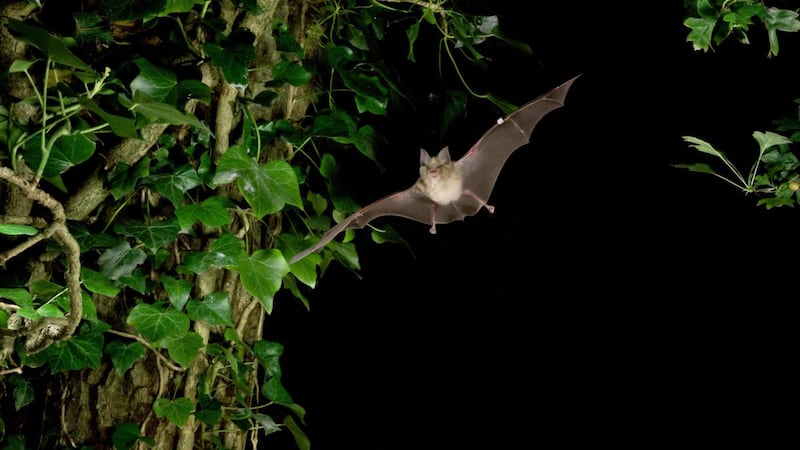The raw genetic material that gives bats natural superpowers and a unique ability to adapt to their environment has, for the first time, been revealed.
This includes their ability to tolerate viruses, to fly, to use sound to move effortlessly in complete darkness, to tolerate deadly diseases, and to resist ageing and cancer.
The research is the culmination of work by Bat1K, a global consortium of scientists dedicated to sequencing the genomes of 1,421 living bat species, co-founded by zoologist Prof Emma Teeling, who is based in University College Dublin.
The researchers believe knowledge of bat genomes could help explain how the flying mammals have “exceptional immunity” and tolerate coronavirus infections, which may in the future help in fighting pandemics.
The team generated and analysed six highly accurate bat genomes – the genetic make-up of the mammals – that are 10-times more complete than any bat genome published previously. These allowed them to uncover bats’ unique traits, including their ability to tolerate viruses. Their research has been published by Nature and features on the front cover of its latest issue.
“Given these exquisite bat genomes, we can now better understand how bats tolerate viruses, slow down ageing, and have evolved flight and echolocation [which bats use to hunt and navigate in complete darkness],” Prof Teeling said.
“These genomes are the tools needed to identify the genetic solutions evolved in bats that ultimately could be harnessed to alleviate human ageing and disease.”
She said that if scientists could mimic the immune response of bats to viruses, that allows them to tolerate them, then they could look to nature to find a cure.
Having identified antiviral genes, their hope is that a significant breakthrough on anti-viral treatment could happen within three years.

The work will now focus on how anti-virals work in combination with anti-inflammatory therapies. In many viral infections, it is not the virus itself that leads to death, but the acute inflammatory response brought on by the body’s immune system. Bats can control this, meaning that while they may be infected, they do not show visible signs of disease.
Covid-19 most likely arose in bats some 40 to 70 years ago, Prof Teeling said, passing to humans through another, as yet unidentified, animal. The disease had become “beautifully adapted” in genetic terms to infect humans.
Bats are vital for the balance of nature, however, and do not pose a risk to human health. Many are pollinators, dispersing the seeds from fruit, and others are insectivores, eating vast amounts of insects at night.
The Bat1K team used technologies to sequence the bats’ DNA, and generated new methods to assemble these pieces into the correct order and to identify the genes present; a process that took 10 years.
They concluded that bats appear most closely related to a group that consists of carnivores (dogs, cats, seals and other species), whales and ungulates (hooved mammals).
"As such, these bat genomes provide a superb foundation for experimentation and evolutionary studies of bats' fascinating abilities and physiological properties," said co-author Eugene Myers, director of Max Planck Institute of Molecular Cell Biology and Genetics in Dresden, Germany.
The team found evidence that bats’ ability to tolerate viruses is reflected in their genomes, which revealed “fossilised viruses” or evidence of surviving past viral infections. It showed bat genomes contain a higher diversity than other species.
"In the future we can use these genomes to understand how regulatory regions and epigenomics contributed to the extraordinary adaptations we see in bats," said Dr Sonja Vernes, a co-founding director of Bat1K.











